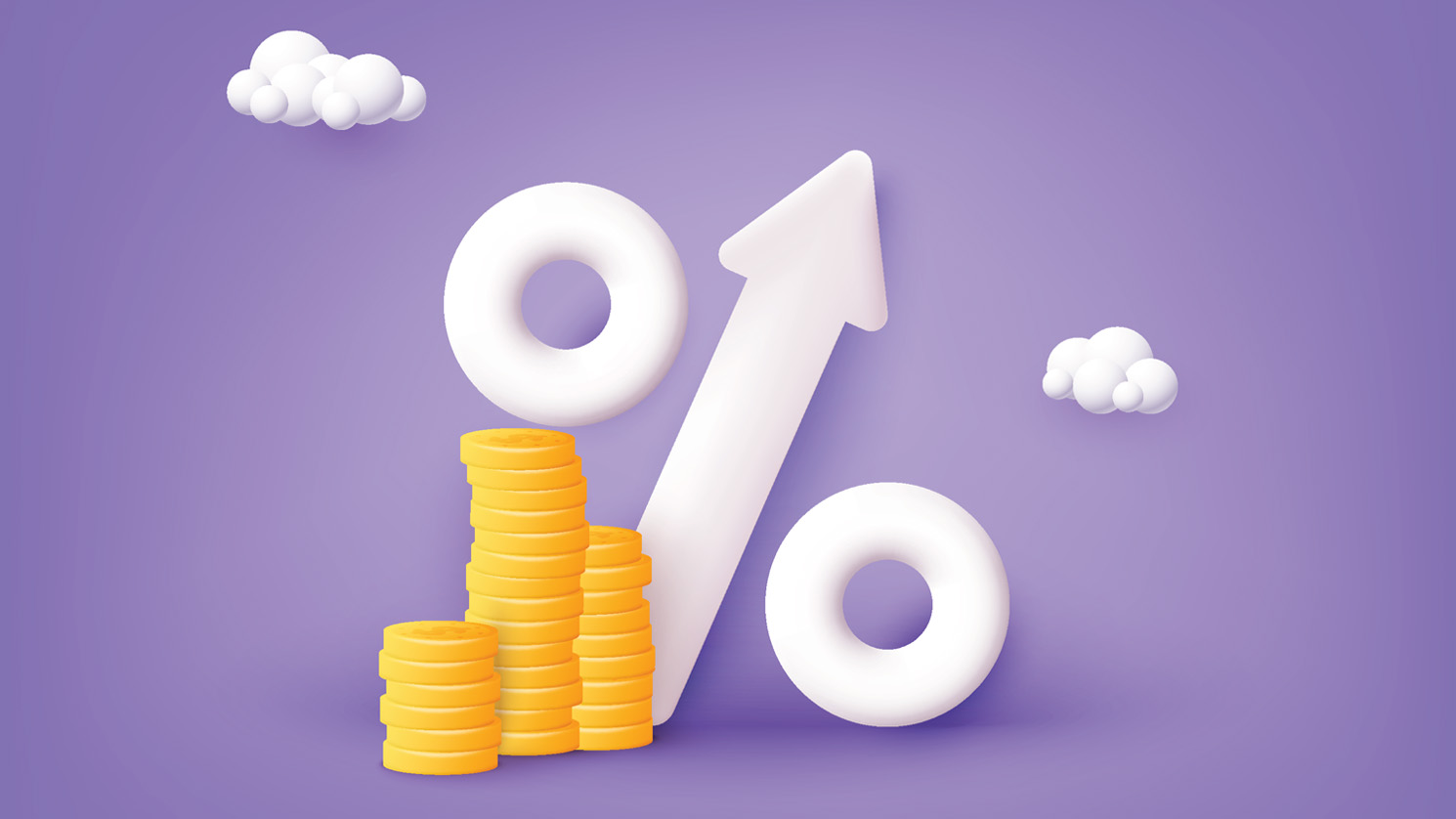A Complete Guide to Mortgages in Australia: Everything You Need to Know
Australia’s economy is among the most stable and prosperous in the world, characterized by a robust banking system and a vibrant housing market. Known for its strong regulatory framework and competitive interest rates, the Australian financial sector offers a range of services to help individuals achieve homeownership. Homeownership is a significant milestone in Australia, with over two-thirds of the population owning homes. The government has implemented several policies aimed at helping citizens, including first-time buyers, access the housing market. Programs like the First Home Owner Grant and stamp duty concessions have made purchasing a property more achievable for many.
In Australia, the real estate market varies greatly across states and territories, influenced by factors such as population growth, urban development, and economic conditions. Major cities like Sydney, Melbourne, and Brisbane often experience higher property prices due to high demand, while regional areas can offer more affordable housing options. Regardless of location, securing a mortgage is the most common way Australians finance their homes. Understanding the types of mortgages available, the application process, and key factors like interest rates and government support can make a significant difference in finding the right loan.

What is a Mortgage?
A mortgage is a loan provided by a financial institution to help you purchase property. In Australia, like in many other countries, the property serves as collateral for the loan, meaning the lender has the right to take ownership of the property if the borrower fails to meet repayment obligations. Mortgages are usually repaid over a long period, typically 25 to 30 years, although shorter terms can be negotiated. These loans come with interest charges, which can significantly affect the total amount repaid.
Understanding the structure and terms of a mortgage is crucial when purchasing a home. Mortgages are not one-size-fits-all, and the various options can seem overwhelming. The key factors to consider include the type of mortgage, interest rates, loan-to-value ratio (LVR), and additional fees such as stamp duty or lender’s mortgage insurance (LMI).
Types of Mortgages in Australia
There are several types of mortgages in Australia, each designed to suit different financial situations and property goals. The most common mortgage types include:
Variable Rate Mortgage: With a variable rate mortgage, the interest rate can fluctuate over time based on changes in the official cash rate set by the Reserve Bank of Australia (RBA). When interest rates fall, your repayments decrease; when rates rise, your repayments increase. Variable rate mortgages offer flexibility, including features like offset accounts or the ability to make extra repayments without penalties.
Fixed Rate Mortgage: A fixed rate mortgage locks in an interest rate for a specific period, usually between 1 and 5 years. During this time, your repayments remain the same, regardless of changes in the market interest rates. Fixed rate loans offer stability and predictability, but they may come with restrictions, such as limits on additional repayments or exit fees if you pay off the loan early.
Split Rate Mortgage: A split rate mortgage allows you to divide your loan between a fixed rate and a variable rate portion. This gives you the best of both worlds: the security of a fixed rate and the flexibility of a variable rate.
Interest-Only Mortgage: With an interest-only mortgage, you only pay the interest on the loan for a specified period, typically 5 to 10 years. After the interest-only period ends, you start paying both principal and interest. This type of loan is often used by property investors, as it keeps initial repayments low, but it can result in higher repayments later on.
Offset Account Mortgage: An offset account is a transaction account linked to your mortgage. The balance in this account is deducted from your loan principal when calculating interest. For example, if you have a $500,000 loan and $50,000 in an offset account, you’ll only be charged interest on $450,000. Offset accounts can significantly reduce the amount of interest you pay over the life of the loan.
How to Apply for a Mortgage in Australia
Applying for a mortgage in Australia involves several steps. It’s essential to be well-prepared and understand the requirements before starting the process. Here’s a step-by-step guide:
Assess Your Financial Situation: Before applying for a mortgage, evaluate your financial health, including your income, savings, existing debts, and credit score. Lenders will consider these factors when determining your loan eligibility.
Choose the Right Loan: Based on your financial situation and property goals, select a mortgage type that suits your needs. You can use online mortgage calculators to estimate your repayments and compare different loan options.
Get Pre-Approval: Pre-approval (also known as conditional approval) gives you an idea of how much you can borrow before you start house hunting. This process involves submitting your financial information to a lender, who will assess your borrowing capacity and provide a conditional offer.
Find a Property: Once you have pre-approval, you can begin searching for a property within your budget. Whether buying at auction or through a private sale, make sure to conduct a thorough property inspection and due diligence.
Complete the Full Loan Application: After finding a property, you’ll need to submit a full loan application to your chosen lender. This will require detailed documentation, including proof of income, savings, and identification. The lender will conduct a valuation of the property and assess your application.
Loan Approval and Settlement: If your application is approved, the lender will provide formal approval, and you can proceed to the settlement process. During settlement, the lender transfers the loan amount to the seller, and you become the legal owner of the property.

Key Considerations: Interest Rates, LMI, and Government Support
Interest rates are one of the most critical factors when choosing a mortgage. A lower interest rate means lower monthly repayments and less total interest paid over the life of the loan. Keep an eye on the Reserve Bank of Australia’s cash rate decisions, as these directly influence variable mortgage rates.
If your deposit is less than 20% of the property value, you may be required to pay Lender’s Mortgage Insurance (LMI). This insurance protects the lender in case you default on the loan but does not cover you as the borrower. LMI can add significant costs, so it’s important to factor this into your budget.
The Australian government offers several incentives to help buyers enter the property market. The First Home Owner Grant (FHOG) provides financial assistance to eligible first-time buyers, and various stamp duty concessions are available depending on the state or territory. Additionally, schemes like the First Home Loan Deposit Scheme (FHLDS) allow eligible first home buyers to purchase a property with a deposit as low as 5%, without the need to pay LMI.
Navigating the mortgage process in Australia can be complex, but understanding the basics and knowing your options can help you make informed decisions. Whether you’re a first-time buyer or looking to invest in property, choosing the right mortgage, considering interest rates, and being aware of available government support will ensure you get the most out of your home loan. Always consult with financial experts and mortgage brokers to tailor your mortgage to your specific financial situation and goals.


 Choosing the right mortgage broker is crucial to ensuring you get the best loan for your situation. Here are a few tips for selecting a mortgage broker:
Choosing the right mortgage broker is crucial to ensuring you get the best loan for your situation. Here are a few tips for selecting a mortgage broker:
 Before entering the mortgage market, it’s crucial to get your finances in order. This includes saving for a deposit, which is generally 20% of the property’s purchase price to avoid Lenders Mortgage Insurance, as well as ensuring you have a strong credit score. Lenders will look at your income, expenses, and credit history to determine how much they’re willing to lend you.
Before entering the mortgage market, it’s crucial to get your finances in order. This includes saving for a deposit, which is generally 20% of the property’s purchase price to avoid Lenders Mortgage Insurance, as well as ensuring you have a strong credit score. Lenders will look at your income, expenses, and credit history to determine how much they’re willing to lend you. The Reserve Bank of Australia has a critical responsibility in controlling inflation and ensuring that the country’s economy stays on a stable growth path. One of the main tools the RBA uses to achieve this is the cash rate, which is the interest rate on unsecured overnight loans between banks. This rate directly influences the cost of borrowing for households and businesses, affecting spending, investment, and saving decisions throughout the economy.
The Reserve Bank of Australia has a critical responsibility in controlling inflation and ensuring that the country’s economy stays on a stable growth path. One of the main tools the RBA uses to achieve this is the cash rate, which is the interest rate on unsecured overnight loans between banks. This rate directly influences the cost of borrowing for households and businesses, affecting spending, investment, and saving decisions throughout the economy.
 Variable interest rates are among the most common types of rates offered by Australian banks, particularly in home loans and personal loans. As the name suggests, variable rates can fluctuate over time based on changes in broader economic factors, most notably the RBA’s official cash rate. When the RBA increases or decreases the cash rate, banks typically pass these changes onto customers by adjusting their variable interest rates.
Variable interest rates are among the most common types of rates offered by Australian banks, particularly in home loans and personal loans. As the name suggests, variable rates can fluctuate over time based on changes in broader economic factors, most notably the RBA’s official cash rate. When the RBA increases or decreases the cash rate, banks typically pass these changes onto customers by adjusting their variable interest rates. Cash Management Accounts (CMAs) are popular investment products offered by Australian banks. They typically provide competitive interest rates on the funds deposited, allowing investors to earn returns while keeping their money liquid. The interest rates for CMAs can either be variable or tiered based on the balance of the account. Higher balances generally attract better rates.
Cash Management Accounts (CMAs) are popular investment products offered by Australian banks. They typically provide competitive interest rates on the funds deposited, allowing investors to earn returns while keeping their money liquid. The interest rates for CMAs can either be variable or tiered based on the balance of the account. Higher balances generally attract better rates.

 Cities like Geelong, the Gold Coast, and the Central Coast have seen a surge in millennial homebuyers, drawn by the combination of affordability, lifestyle, and proximity to major urban centers. This regional migration has the potential to reshape the Australian housing market, as demand shifts away from inner-city living toward more sustainable, suburban, and regional areas.
Cities like Geelong, the Gold Coast, and the Central Coast have seen a surge in millennial homebuyers, drawn by the combination of affordability, lifestyle, and proximity to major urban centers. This regional migration has the potential to reshape the Australian housing market, as demand shifts away from inner-city living toward more sustainable, suburban, and regional areas.

 Mortgage brokers have traditionally played a significant role in helping Australians secure home loans, acting as intermediaries between borrowers and lenders. In recent years, their influence has grown as consumers seek more competitive rates and personalized services. As the mortgage market becomes more complex with the introduction of new products and technologies, the role of brokers is expected to expand even further.
Mortgage brokers have traditionally played a significant role in helping Australians secure home loans, acting as intermediaries between borrowers and lenders. In recent years, their influence has grown as consumers seek more competitive rates and personalized services. As the mortgage market becomes more complex with the introduction of new products and technologies, the role of brokers is expected to expand even further.

 The design and specifications of off-the-plan properties can change during the construction process. Developers may make alterations based on market trends, regulations, or other factors. It’s important to be flexible and prepared for potential changes to your property, including size, layout, or finishes. Stay in regular contact with the developer to receive updates on the project and understand any modifications that may occur.
The design and specifications of off-the-plan properties can change during the construction process. Developers may make alterations based on market trends, regulations, or other factors. It’s important to be flexible and prepared for potential changes to your property, including size, layout, or finishes. Stay in regular contact with the developer to receive updates on the project and understand any modifications that may occur.
 When comparing mortgage rates in Australia, it’s essential to grasp the various types of interest rates available. Fixed-rate mortgages lock in an interest rate for a specific period, usually ranging from one to five years, providing borrowers with certainty in their repayments. Variable-rate mortgages, on the other hand, have interest rates that can change at any time, typically in line with movements in the official cash rate set by the Reserve Bank of Australia (RBA). Additionally, there are split-rate loans, which combine both fixed and variable rates, allowing borrowers to benefit from the stability of fixed rates while also taking advantage of potential decreases in variable rates.
When comparing mortgage rates in Australia, it’s essential to grasp the various types of interest rates available. Fixed-rate mortgages lock in an interest rate for a specific period, usually ranging from one to five years, providing borrowers with certainty in their repayments. Variable-rate mortgages, on the other hand, have interest rates that can change at any time, typically in line with movements in the official cash rate set by the Reserve Bank of Australia (RBA). Additionally, there are split-rate loans, which combine both fixed and variable rates, allowing borrowers to benefit from the stability of fixed rates while also taking advantage of potential decreases in variable rates. At the heart of any banking system are interest rates, which play a pivotal role in the economy. In Australia, these rates are influenced by several factors, including the Reserve Bank of Australia (RBA), inflation, and global economic conditions. The RBA is the country’s central bank and is responsible for monetary policy, which includes setting the official cash rate. This rate serves as a benchmark for interest rates across the banking sector, affecting everything from savings accounts to home loans.
At the heart of any banking system are interest rates, which play a pivotal role in the economy. In Australia, these rates are influenced by several factors, including the Reserve Bank of Australia (RBA), inflation, and global economic conditions. The RBA is the country’s central bank and is responsible for monetary policy, which includes setting the official cash rate. This rate serves as a benchmark for interest rates across the banking sector, affecting everything from savings accounts to home loans.



 lexibility in repayment options is crucial for many borrowers. Some mortgages allow for weekly, fortnightly, or monthly repayment schedules, giving you the freedom to choose a plan that best fits your financial situation. Additionally, many lenders offer options for interest-only repayments for a set period, which can be beneficial for investors looking to maximize cash flow during the early stages of property ownership.
lexibility in repayment options is crucial for many borrowers. Some mortgages allow for weekly, fortnightly, or monthly repayment schedules, giving you the freedom to choose a plan that best fits your financial situation. Additionally, many lenders offer options for interest-only repayments for a set period, which can be beneficial for investors looking to maximize cash flow during the early stages of property ownership.
 Understanding the costs associated with hiring a mortgage broker is essential. Brokers may charge fees for their services or receive commissions from lenders when a loan is settled. It’s important to clarify the fee structure upfront and ensure you are comfortable with any costs involved. Look for a broker who is transparent about their fees and provides a clear explanation of how they are compensated. A good broker will prioritize your best interests over their financial gain and will be willing to discuss any concerns you may have about fees.
Understanding the costs associated with hiring a mortgage broker is essential. Brokers may charge fees for their services or receive commissions from lenders when a loan is settled. It’s important to clarify the fee structure upfront and ensure you are comfortable with any costs involved. Look for a broker who is transparent about their fees and provides a clear explanation of how they are compensated. A good broker will prioritize your best interests over their financial gain and will be willing to discuss any concerns you may have about fees.